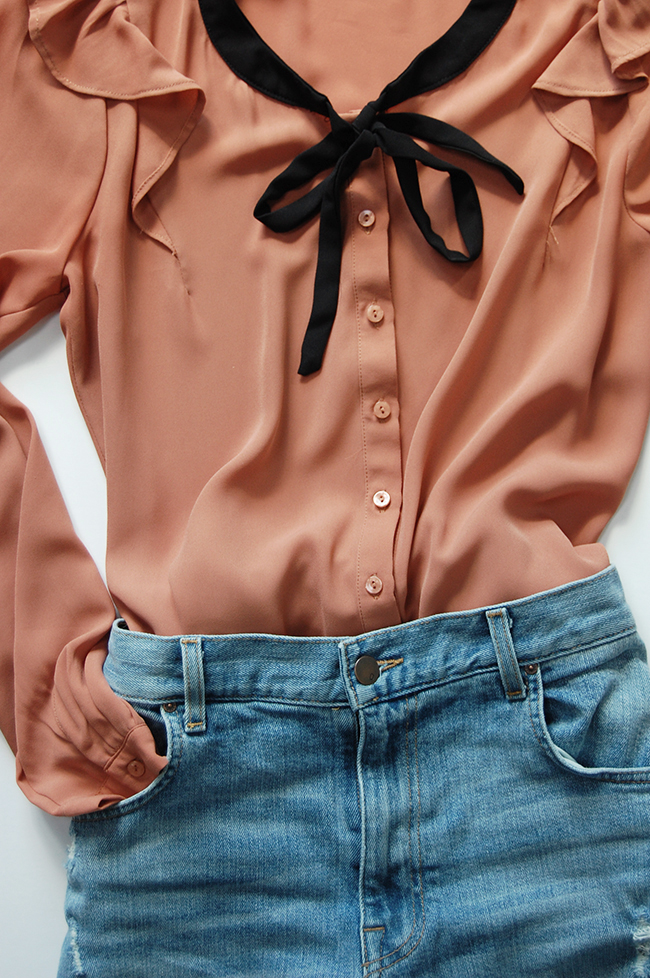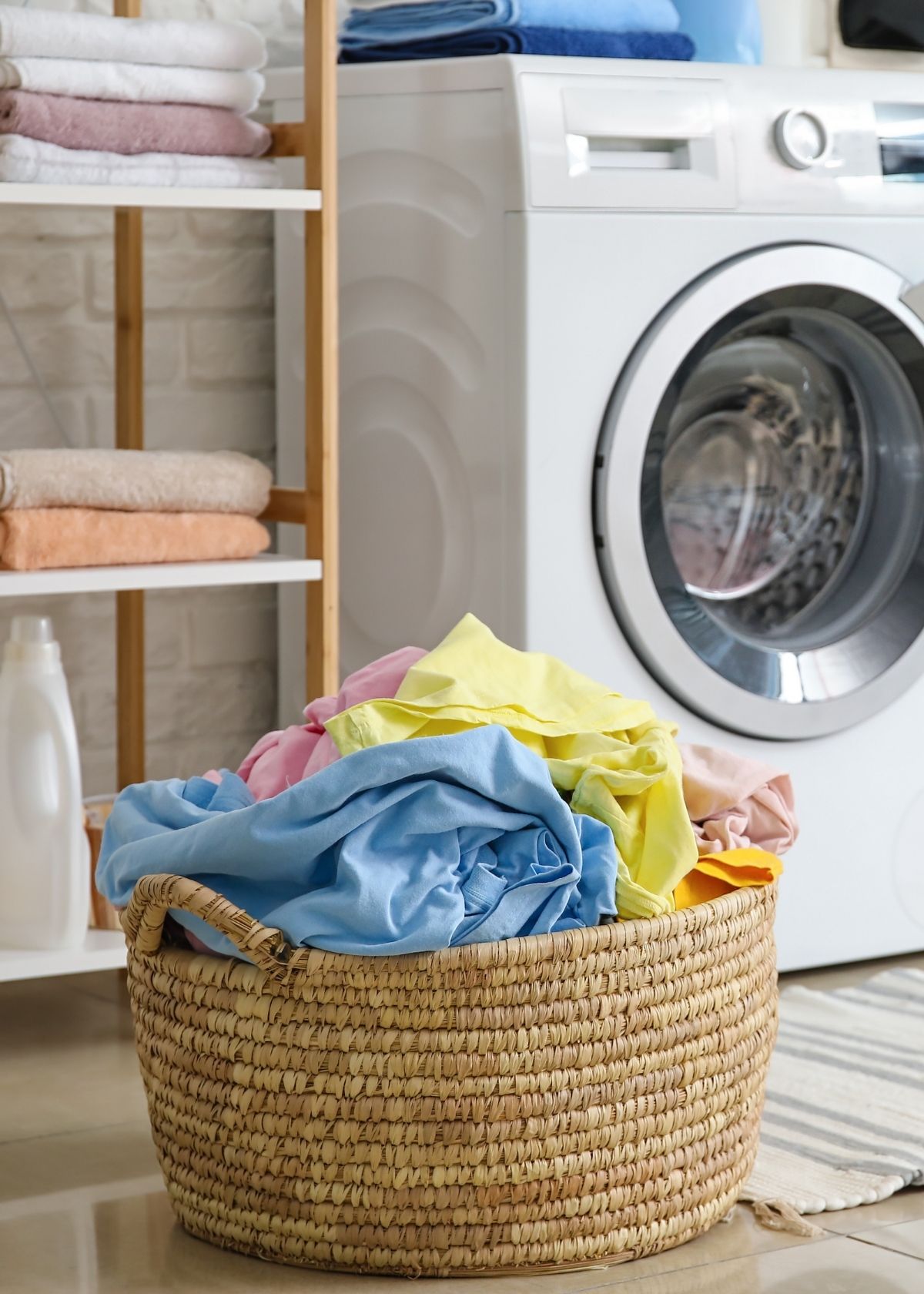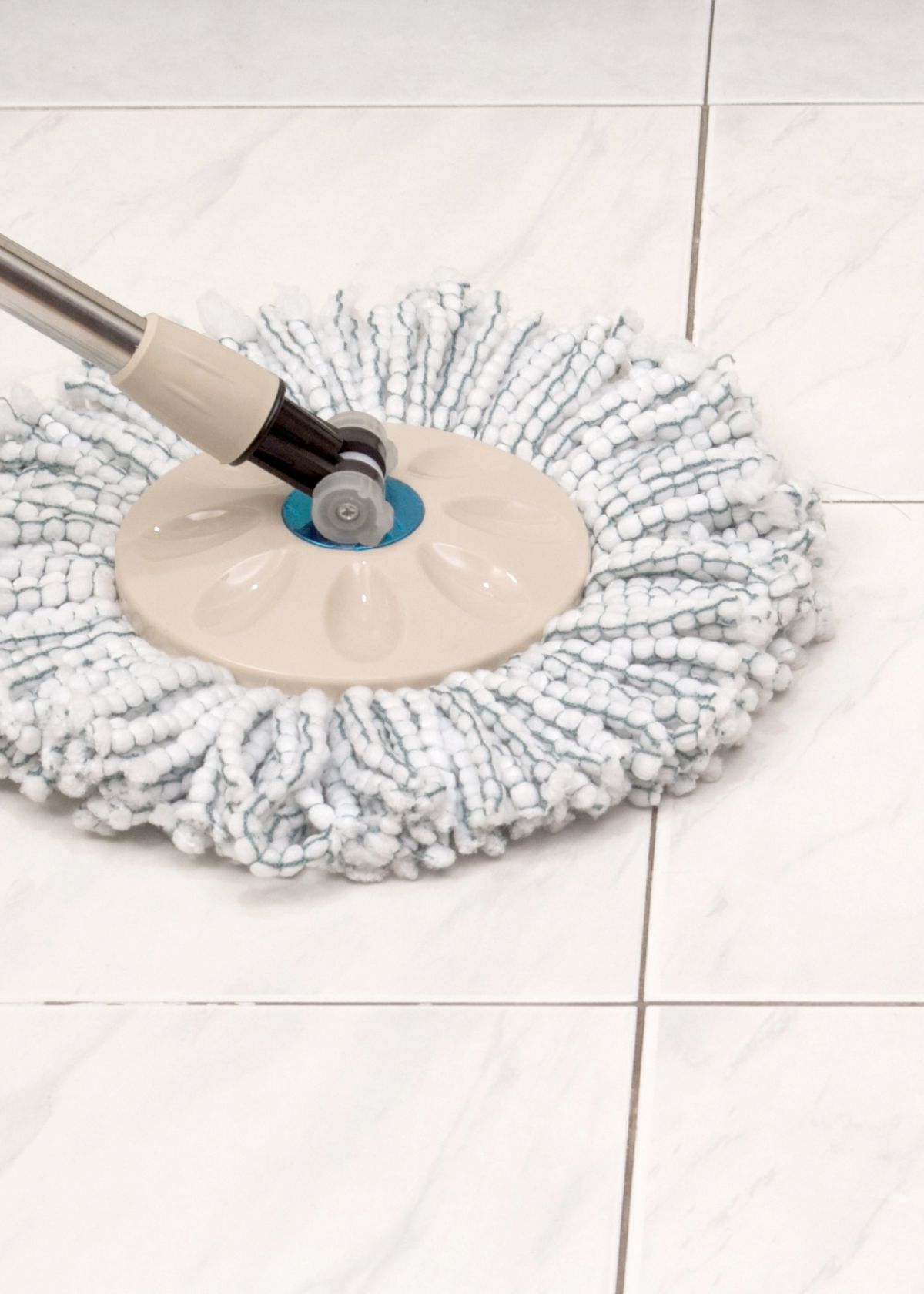How to Dry Bed Sheets
There are few things that make me feel happier than slipping into a bed with fresh, crisp, clean, organic bed sheets at the end of the day. I like to think that I have mastered the art of washing my sheets, keeping them white, and smelling fresh. But after each wash, I was still plagued by the frustrations of my sheets getting tangled in the dryer and drying unevenly.
I decided it was time for me to experiment with the best ways to dry bed sheets. If you’re also curious about how to dry bed sheets, I’m sharing all of my findings below.
Quick Navigation
How to Dry Bed Sheets in a Dryer
One of the biggest frustrations when it comes to drying sheets is tangled sheets in the dryer. Tangling is a pain! It leads to wrinkled fabric that is overheated in some spots and still damp in others. Luckily, these frustrations can be avoided. Here are a few tips for how to dry bed sheets in a dryer.
Prevent Sheets from Tangling in the Dryer
When it comes to preventing sheets from getting tangled in the dryer, there are a handful of methods to choose from. No matter what detangling method you go for, it’s worth taking the time to shake out your sheets before loading them into your dryer.
Shake them Out
Sheets can get tangled or bunched up in the washing machine just like they can in the dryer. It’s worth it to take a minute to untangle and unfold each sheet by giving them a shake before adding to the dryer. This small step improves the air flow around the fabric and helps large sheets dry more evenly with less wrinkles.
Dry with a Towel
Once you’ve given each sheet a shake, you can choose to dry your sheets with a bath towel. There are pros and cons to this method. One pro is that it can minimize the total dry time. The bulk of a bath towel can also help reduce sheet tangling.
The biggest con to this strategy is the possibility of lint from the towel attaching to your bed sheets. Choose a light colored towel that has been washed and dried many times before to minimize the chances of lint transferring.
Add Dryer Balls
Dryer balls are a great way to minimize tangling, reduce drying time, and eliminate static in any load of laundry. Sheets are no exception! I like to add 3-4 wool dryer balls to my dryer when I’m drying my sheets.
If you like the towel method mentioned above, you can add dryer balls in addition to a bath towel to benefit from both methods.
Dry One Sheet at a Time
This is probably the most effective method of drying sheets without wrinkles or tangling. The tradeoff is it requires you to switch the dryer load every 10 minutes or so. Yep, with this method you dry one sheet at a time for 8-10 minutes.
After one sheet is dry, you pull it out, quickly fold it and load in the next one. If you’re diligent about folding each sheet immediately after pulling it out of the dryer you also won’t have to worry about any wrinkles!
Avoid Dryer Sheets and Fabric Softeners
I know some of you like the smell and feeling that dryer sheets and fabric softeners leave on your fabrics. Fabric softeners will leave a scented chemical coating on your sheets that also eliminates static and makes fabrics feel softer to the touch.
But it’s important to know that the chemicals in this fabric coating can be toxic. Fabric softeners can cause skin irritation, endocrine disruption, and the artificial scents can cause headaches. This chemical coating also attaches to the inside of your dryer basin and clings to the dryer lint screen, increasing the chances of fire hazard.
For a nice, natural scent you can instead add a few drops of essential oil on wool dryer balls prior to drying. Or better yet, make your own scented linen spray to use on your pillowcase and bedding before falling asleep at night.
Choose the Appropriate Heat Setting
No matter what “detangling” method you use, it’s important to choose the right dryer heat setting and dry time. For most sheet fabrics, you will be best off choosing a low heat tumble dry or permanent press setting. Of course, always check fabric care tags for more specific guidance.
For a regular sheet set (top sheet, fitted sheet, and pillow cases) it will take around 30 minutes to dry completely. Be careful because leaving them in the dryer for too long can cause unwanted shrinking and damage to your sheet fabric – especially for your fitted sheets.
If you can, remove and fold sheets immediately after they finish drying. Doing this will minimize or completely eliminate the chance of wrinkles from setting in before you fold them. Keep reading below for tips on proper sheet storage after they’re dry and folded.
How to Air Dry Bed Sheets
My preferred drying method for bed sheets is line drying! This is especially true on sunny, warm, breezy days. When the weather is agreeable, I find that it takes almost the same amount of time for my sheets to dry outside as it does for them to dry in the dryer.
If you don’t have an outdoor clothesline, consider investing in a low profile retractable clothesline. Once extended, simply drape your sheets over the line and let them dry naturally. You’ll be left with crisp, fresh sheets.
Don’t love that super crisp finish on air dried sheets? Soften them up after air drying by tossing them in your dryer on low heat setting with dryer balls for 5 minutes before folding.
Ironing Bed Sheets
I personally don’t iron my bed sheets. Instead I like to pull my bed sheets out of the dryer just before they’re completely dry so I can shake them out and fold them by hand for a naturally crisp finish. If the weather is nice I air dry my sheets in the sun where I can shake them out on the line to eliminate wrinkles.
With that said, ironed bed sheets are such a beautiful luxury on a freshly made bed. Few things make you feel like you’re sleeping in an expensive hotel bed like ironed bed sheets.
If you are on team ironed bed sheets, it’s easiest to do your ironing right after you pull them out of the dryer. This is especially true if they’re almost dry but still slightly damp! You will have to pass the iron over wrinkles fewer times and there won’t be any need to add steam to achieve that nice, crisp finish you’re after.
How to Store Dry Sheets
Fold and stack your sheet set then insert the stack inside one of the pillowcases. Containing your sheet set this way keeps all components together so there is less chance of mixing two sets of white sheets in different sizes together.
Purchase or make your own lavender sachet. Store folded sheets with your bundle of dried lavender as a natural moth repellent – not to mention a beautiful scent. Enjoy!







